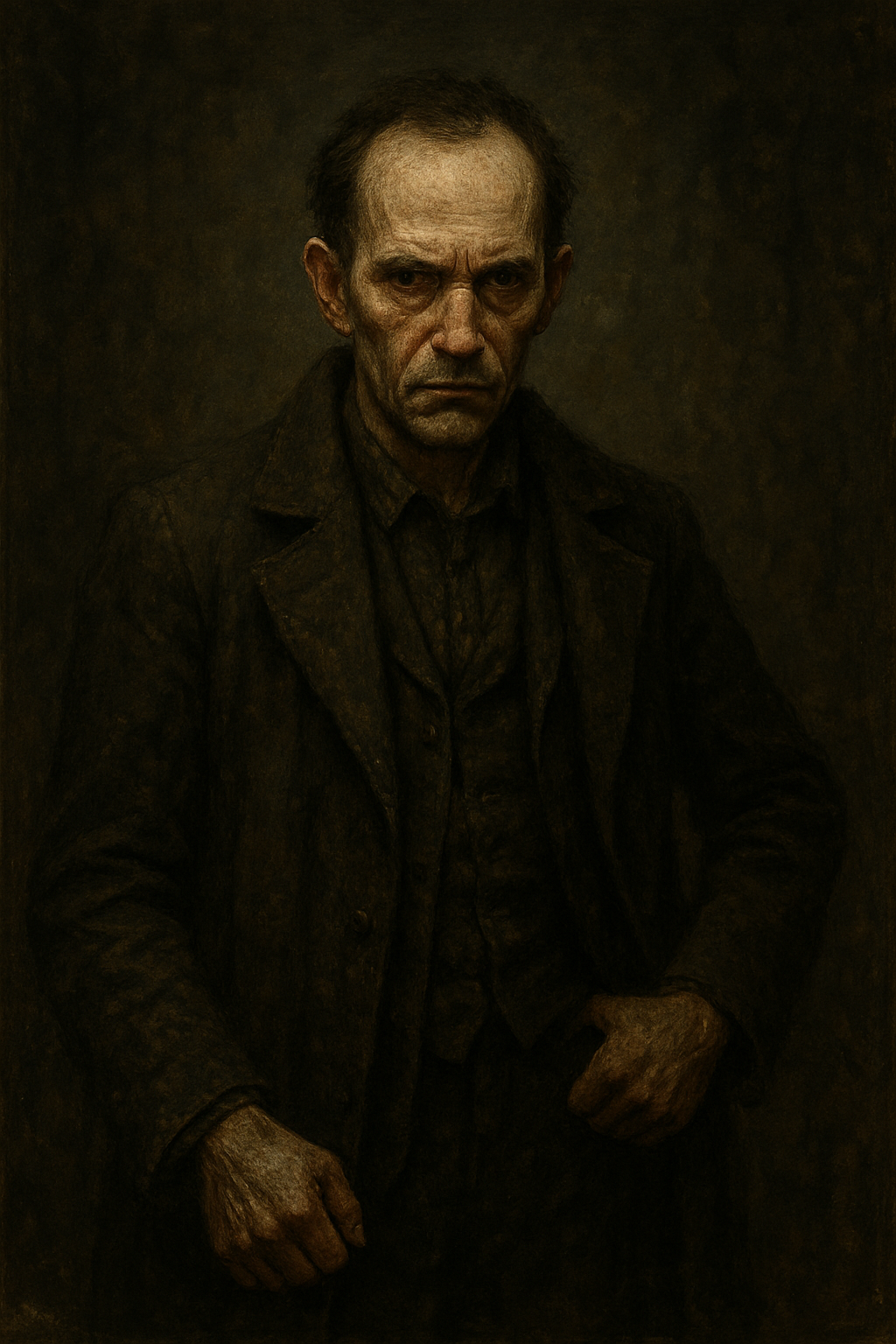Hey everyone,
Today I want to move beyond my usual "Lazy GM" tips and talk about something that lies at the heart of any great TTRPG campaign: a compelling villain. We've all fought the generic evil sorcerer or the snarling dragon who just wants to watch the world burn. While those can be fun, a truly memorable antagonist, one your players will love to hate, requires a bit more substance.
Let's break down how to build a villain who is more than just a final boss battle.

Motivation is Everything
A villain who is "evil for the sake of evil" is boring. A great villain is the hero of their own story. Their actions, no matter how terrible, must make sense to them. Before you even think about their stat block, you need to answer one question: What do they want?
A strong, understandable motivation is the foundation of a compelling antagonist.
- The Misguided Patriot: They believe their nation is corrupt and the only way to save it is to tear it down and rebuild from the ashes, even if it means sacrificing millions.
- The Grieving Parent: They lost a child and are now delving into forbidden magic to bring them back, no matter the cost to the natural order.
- The Idealist: They see the chaos and suffering in the world and have decided the only path to peace is to impose absolute order, crushing free will in the process.
Your players don't have to sympathize with the villain's methods, but they should be able to understand their motivation. That understanding is what elevates them from a simple monster to a complex character.
Give Them Resources and a Plan
A compelling villain is a proactive force in the world; they don't just sit on a throne waiting for the heroes to arrive. Their plans should already be in motion long before the players get involved. The party isn't starting the story; they're walking into the middle of it.
To make their plan feel real, give them resources. This doesn't just mean a big pile of gold. Resources can be:
- A network of loyal spies or a fanatical cult.
- Political influence over a powerful noble or an entire city council.
- Control over a vital trade route or a rare resource.
- A powerful magical artifact that the players can't just punch into submission.
When the players foil one part of the villain's plan, the villain should use their other resources to adapt and strike back. This creates a dynamic game of cat and mouse, rather than a linear dungeon crawl.
Make It Personal
The final ingredient is to connect the villain directly to the player characters. Global stakes are fine, but personal stakes are what get your players truly invested. The goal is to make the conflict feel like it's about them, not just about saving the kingdom.
- A Shared Backstory: Maybe the villain is the former mentor who taught the party's wizard everything they know, or a childhood rival of the rogue.
- A Dark Mirror: Design the villain to be a dark reflection of one of the PCs. They represent a path the hero could have taken, forcing the player to confront what they might become.
- Target Their Values: The villain's plan shouldn't just threaten the abstract concept of "good." It should threaten something the players have personally invested in—the small town they saved in their first adventure, the temple that the party's cleric calls home, or the beloved NPC who gives them quests and cookies.
A Good Example: Thanos
A perfect example of these principles in action is Thanos from the Avengers movies. He wasn't just a generic space tyrant; he was a zealot with a clear, understandable (though monstrous) motivation. He believed the universe was overpopulated and that the only way to prevent universal suffering was to wipe out half of all life, bringing balance. His plan was already in motion for years before the heroes even knew who he was, and he had vast resources (his armies and the Black Order). Most importantly, the conflict was deeply personal, especially through his relationships with his daughters, Gamora and Nebula, which gave the story real emotional weight.
When you combine an understandable motivation with a proactive plan and a personal connection to the heroes, you create a villain that your players will be talking about for years to come.
As always, Michael Garcia a.k.a. TheCrazyGM